Key Points and Summary – Russia’s T-14 Armata, despite being touted as a revolutionary main battle tank, is a deeply troubled program with an uncertain future.
-On paper, its features are impressive, including an unmanned turret, a heavily armored crew capsule for survivability, and the Afghanit active protection system.
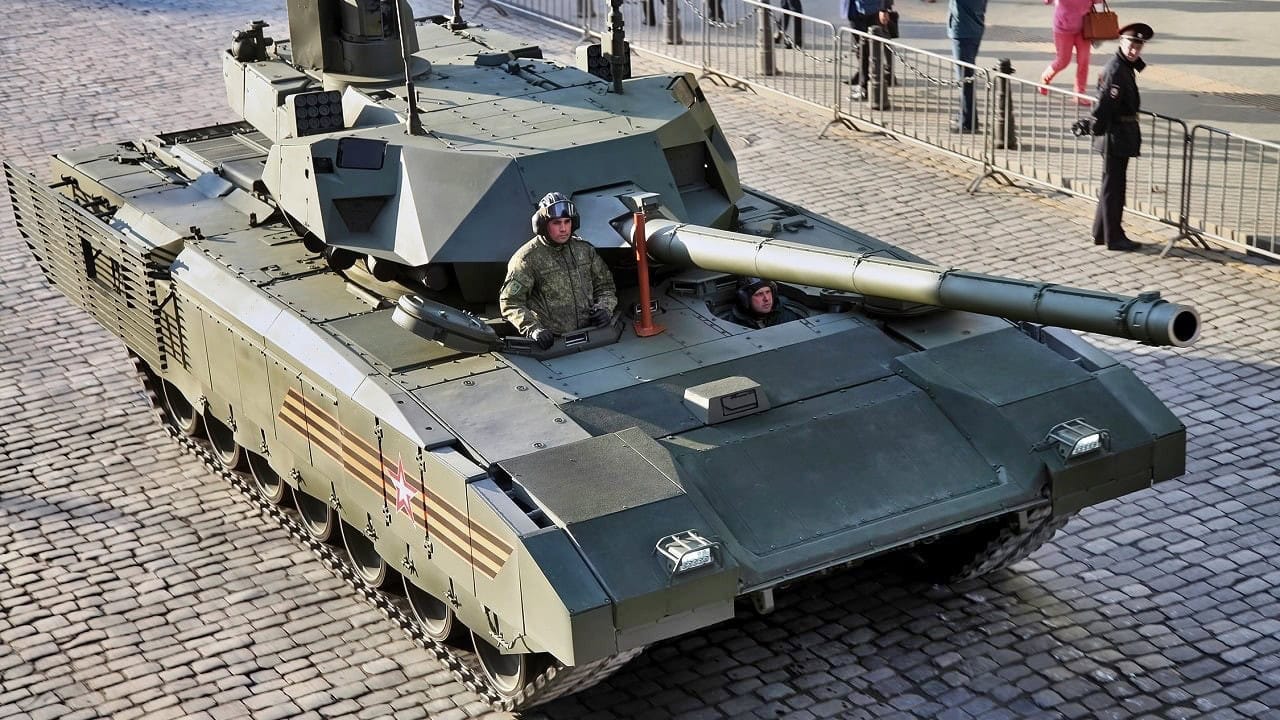
T-14 Armata Tank.
-However, the program has been plagued by extreme costs and technical difficulties, resulting in fewer than 20 tanks being delivered.
-Its conspicuous absence from the main 2025 Moscow Victory Day parade and official statements about its high cost preventing deployment to Ukraine have led many analysts to believe the project is effectively paused or canceled.
Russia’s T-14 Armata Tank Is In Trouble
The T-14 Armata is currently one of the most controversial tanks in existence.
When it was first unveiled in 2015, Analysts were shocked by the number of innovative features the tank boasted. However, ten years later, it seems that the tank is no closer to seeing combat than it was when it was first showed off in the 2015 Victory Day parade.
Analysts argue that the Armata was always smoke and mirrors, while others suggest that the tank is simply to sophisticated for Russia’s industrial base to handle.
Russia’s Most Advanced Tank
Western Analysts like to give the T-14 a lot of grief, and for good reason. However, at the time of its introduction, the T-14 introduced a number of genuine innovative design changes. Unlike conventional tanks where the crew operates the main gun from within the turret, the T-14’s turret is fully automated and remotely controlled. The crew, consisting of a commander, gunner, and driver, is housed in a heavily armored capsule located in the front of the hull.
This design significantly enhances crew survivability by isolating them from the ammunition and fuel compartments, which are typically the most vulnerable areas in a tank during combat. The concept of an unmanned turret is a radical departure from traditional tank design and has not yet been adopted by any other major military power.
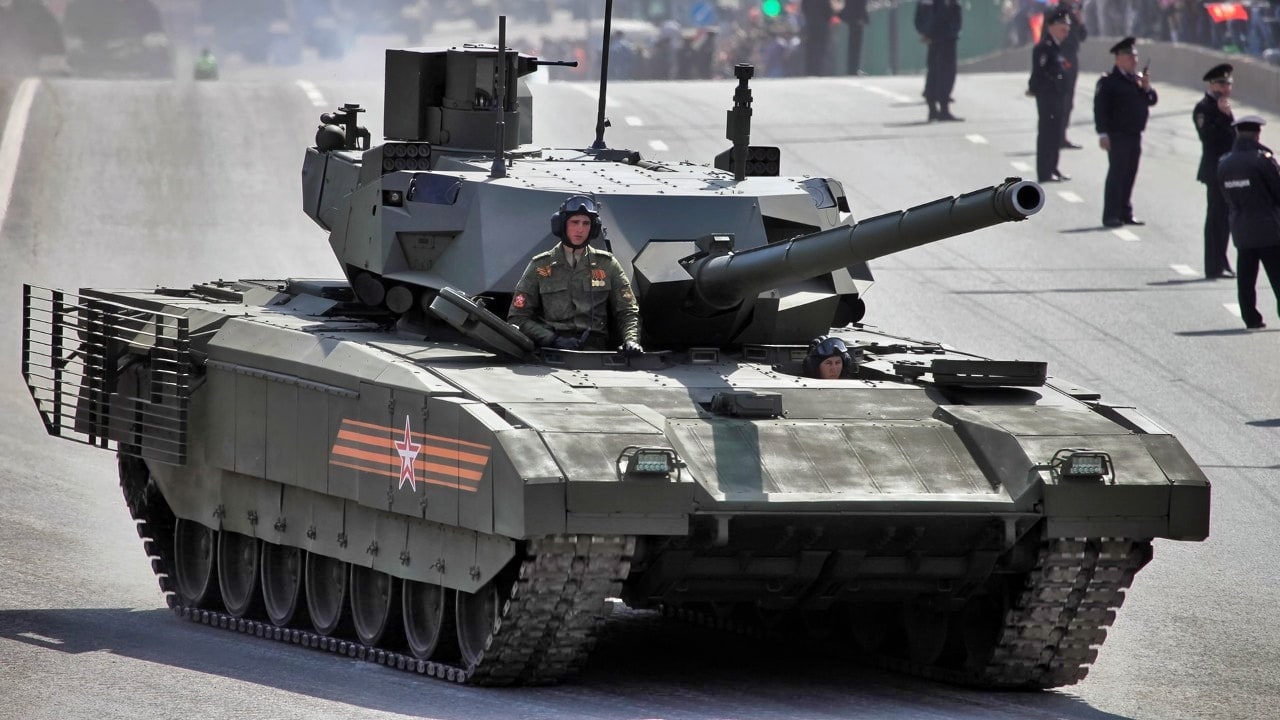
T-14 Armata Tank from Russia
The T-14 is equipped with the Afghanit Active Protection System, which includes radar and electro-optical sensors designed to detect and neutralize incoming threats such as anti-tank guided missiles and rocket-propelled grenades. This system is considered one of the most advanced in the world and is a key component of the T-14’s defensive capabilities.
In addition to active protection, the tank features passive stealth measures, including reduced radar and thermal signatures, making it more difficult to detect and target.
Built to Fight Future Wars
The tank’s sensor suite provides 360-degree situational awareness through a combination of cameras, thermal imaging, and radar systems. This comprehensive sensor array allows the crew to monitor the battlefield in real time and respond to threats more effectively. The T-14’s fire control system is also highly advanced, incorporating artificial intelligence to assist in target acquisition and prioritization. This reduces the cognitive load on the crew and enhances the tank’s combat efficiency.
Another key aspect of the T-14 is its integration into network-centric warfare systems. The tank is designed to operate as part of a larger digital battlefield, sharing data with other units, drones, and command centers in real time.
This connectivity allows for coordinated operations and enhances the overall effectiveness of military engagements. The T-14’s digital systems are intended to support future upgrades, including the potential for autonomous or remotely operated variants.
This forward-looking approach reflects Russia’s ambition to modernize its armed forces and maintain technological parity with NATO.
A Massive Step in the Right Direction
In terms of firepower, the T-14 is outfitted with a 125mm 2A82-1M smoothbore cannon, capable of firing a wide range of munitions including armor-piercing fin-stabilized discarding sabot rounds, high-explosive anti-tank rounds, and guided missiles. There are also plans to eventually equip the tank with a 152mm gun, which would make it the most heavily armed tank in the world. Secondary armament includes a 12.7mm Kord machine gun and a 7.62mm PKTM machine gun, both of which are remotely operated. These weapons provide additional firepower for engaging infantry and light vehicles.
The T-14 is powered by a ChTZ 12N360 diesel engine that produces up to 1,500 horsepower. This gives the tank a top speed of approximately 80 kilometers per hour on roads and a range of about 500 kilometers. The tank also features a hydropneumatic suspension system, which allows it to adjust its ground clearance and improves its mobility across various terrains. This level of mobility, combined with its advanced protection and firepower, positions the T-14 as a formidable presence on the battlefield.
T-14 Armata: When Ambition Meets Reality
Despite its impressive capabilities, the T-14 has faced numerous challenges in production and deployment.
Russia initially planned to procure over 2,300 units by 2020, but as of 2025, only a limited number have been produced and deployed. The high cost of the tank, estimated between $3.7 and $5 million per unit, has been a significant barrier, especially in light of Russia’s economic constraints and the financial demands of ongoing military operations. These issues have led to delays and a reduction in the scale of the T-14 program.
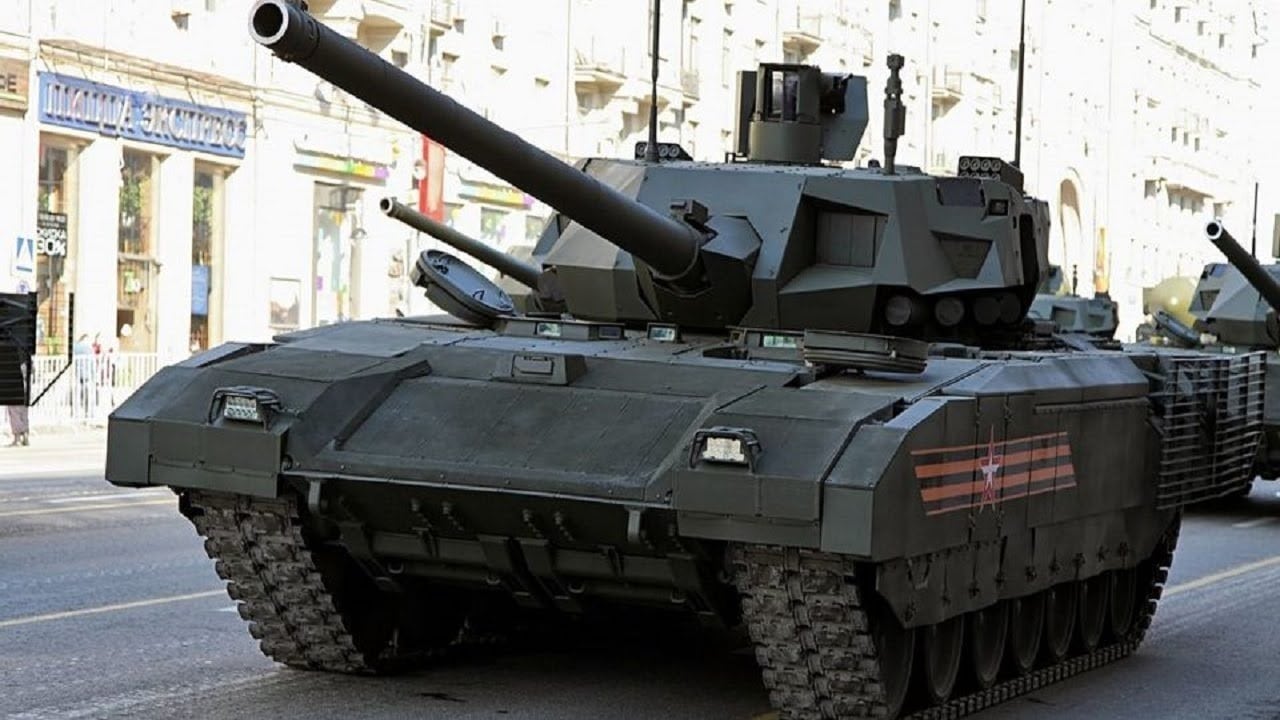
T-14 Armata. Image Credit: Creative Commons.
Because of its manufacturing troubles, there are likely less than 20 operational T-14’s in existence. While the tank has been showcased in military parades and used in training exercises, claims of the tank being sent to combat in Ukraine have since been disproven. Some unverified accounts suggest that the T-14 may have been tested in conflict zones, but these claims remain speculative. Russia has also attempted to market the T-14 to foreign buyers, including India, Egypt, and Algeria, but no confirmed export deals have been finalized. The high cost and unproven battlefield performance have likely deterred potential customers.
Where is the T-14 Armata Now?
The T-14 has not been without its critics. Concerns have been raised about its mechanical reliability, with reports of issues during trials. Even in Russia, some analysts question whether the tank’s high cost is justified by its performance, especially when compared to upgraded versions of the T-90, which are significantly cheaper and already in widespread use. The limited number of T-14s in service also raises questions about its strategic impact, as it is unlikely to significantly alter the balance of power on the battlefield in its current numbers.
Currently, the T-14 is sitting in development hell. While it embodies the cutting edge of Russian tank design, its future success will depend on the ability to overcome production challenges, reduce costs, and demonstrate reliability in real-world conditions.
Russia has indicated plans to develop unmanned variants of the T-14 and integrate it with drone swarms and robotic support vehicles, suggesting that the Armata platform may serve as a foundation for future autonomous systems.
However, the fate of Moscow’s “super tank” will likely be decided after the end of the Ukraine war.
About the Author: Isaac Seitz
Isaac Seitz, a Defense Columnist, graduated from Patrick Henry College’s Strategic Intelligence and National Security program. He has also studied Russian at Middlebury Language Schools and has worked as an intelligence Analyst in the private sector.

.jpeg)

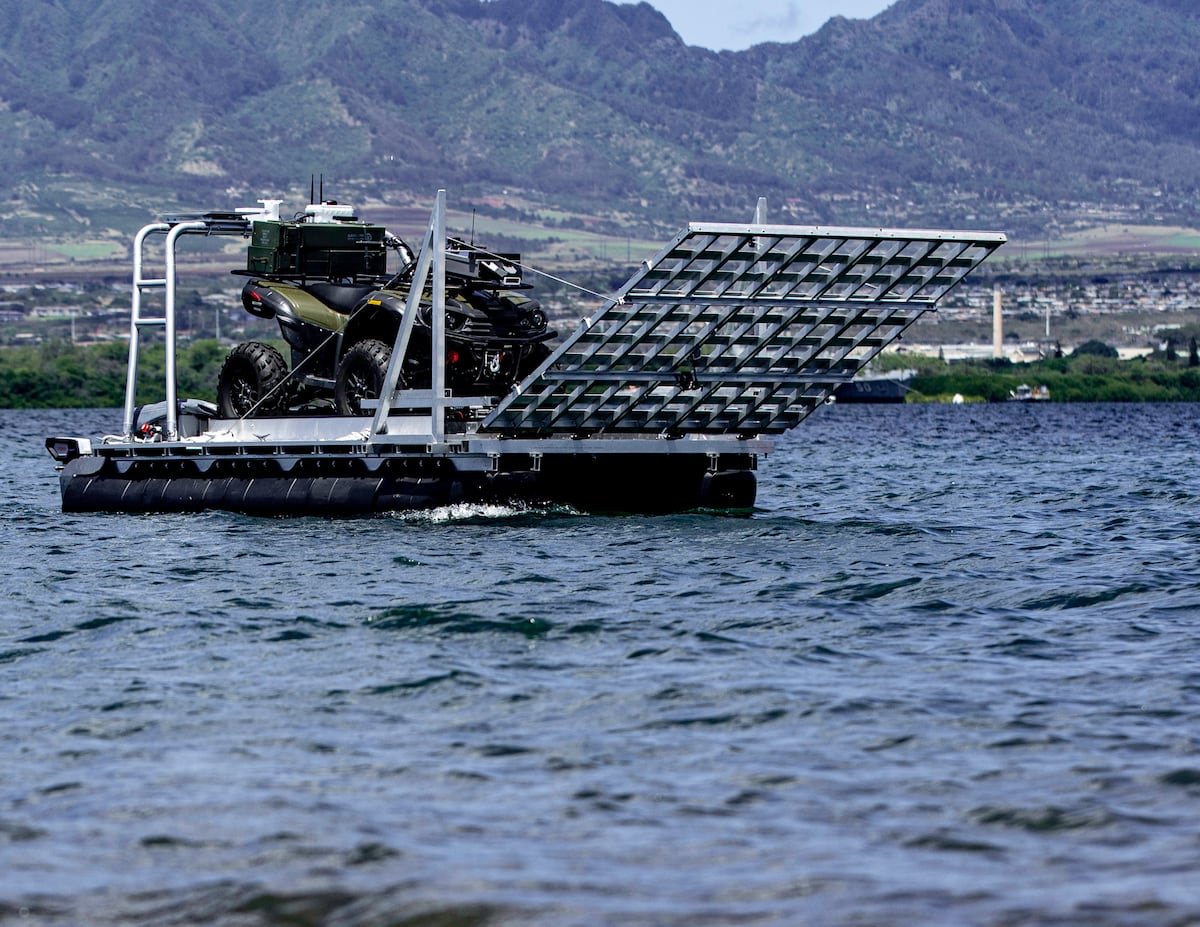


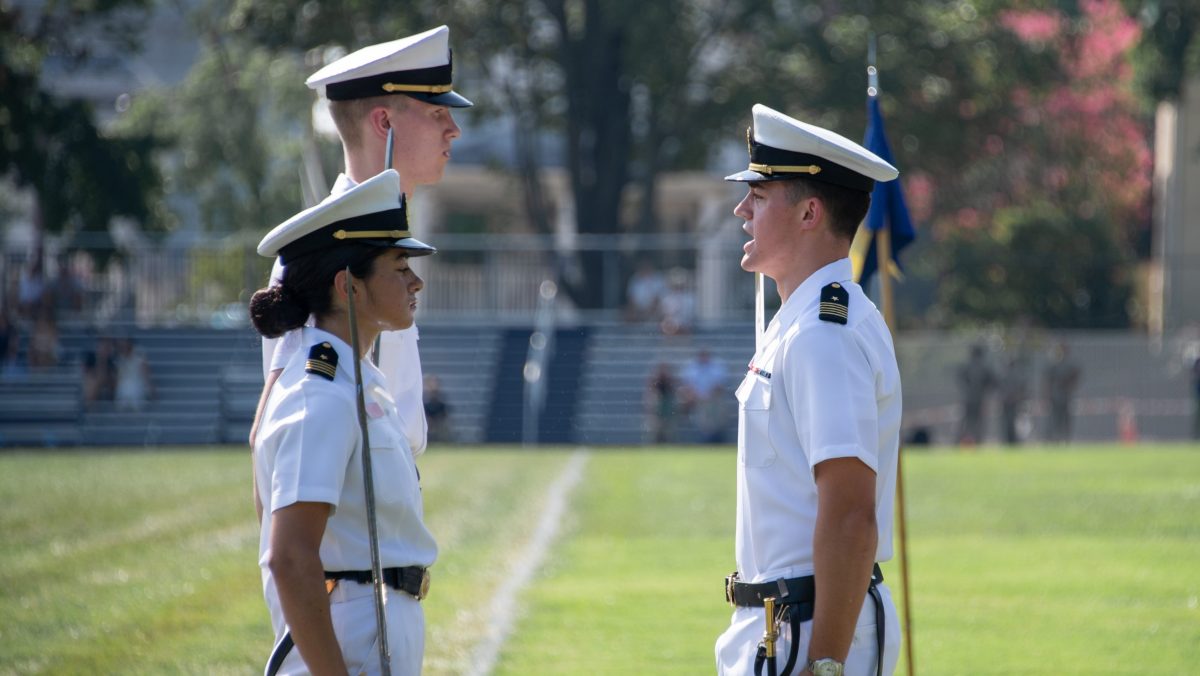
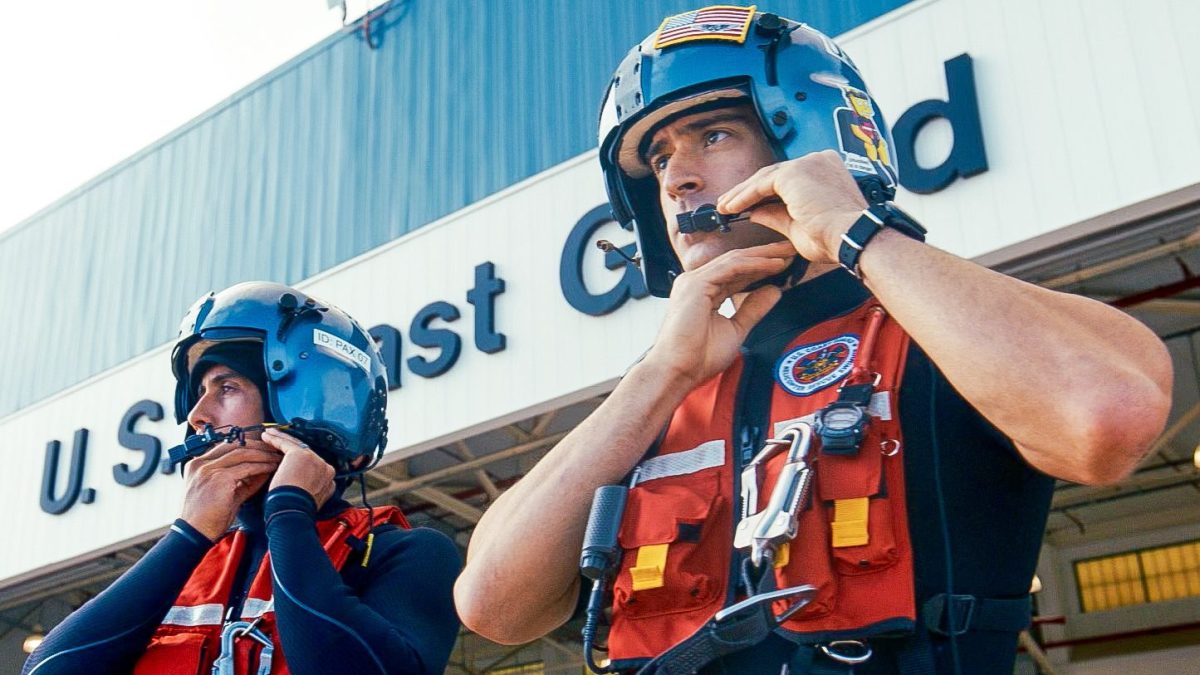
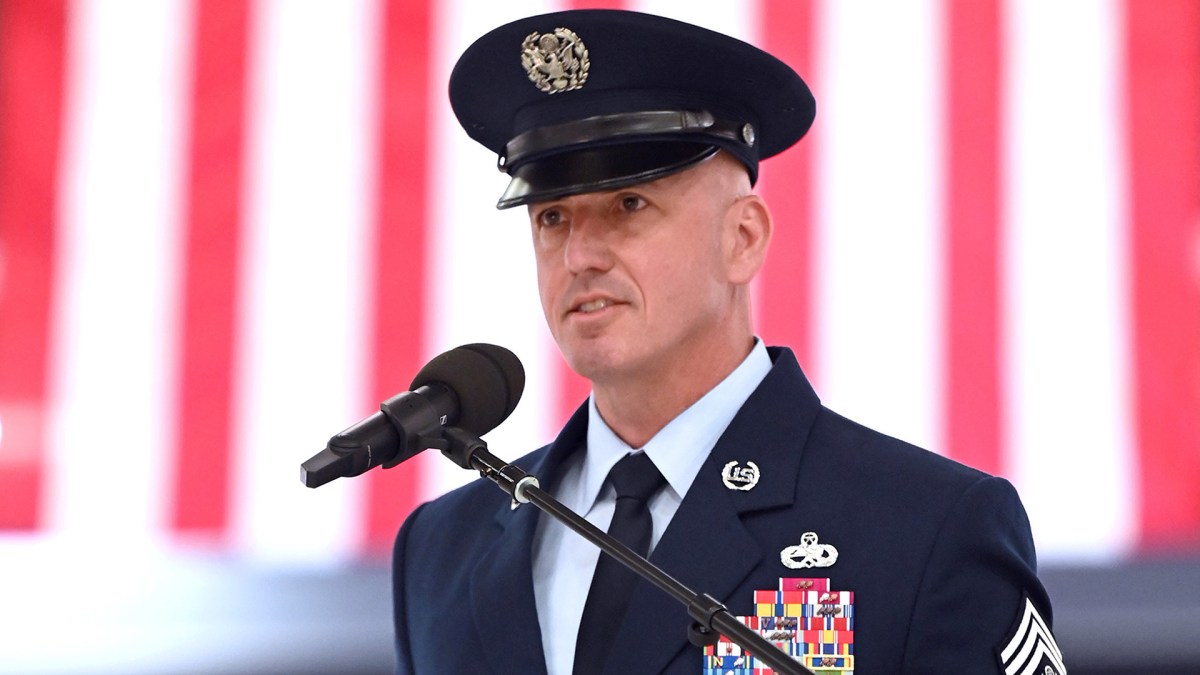













.jpeg)













 English (US) ·
English (US) ·